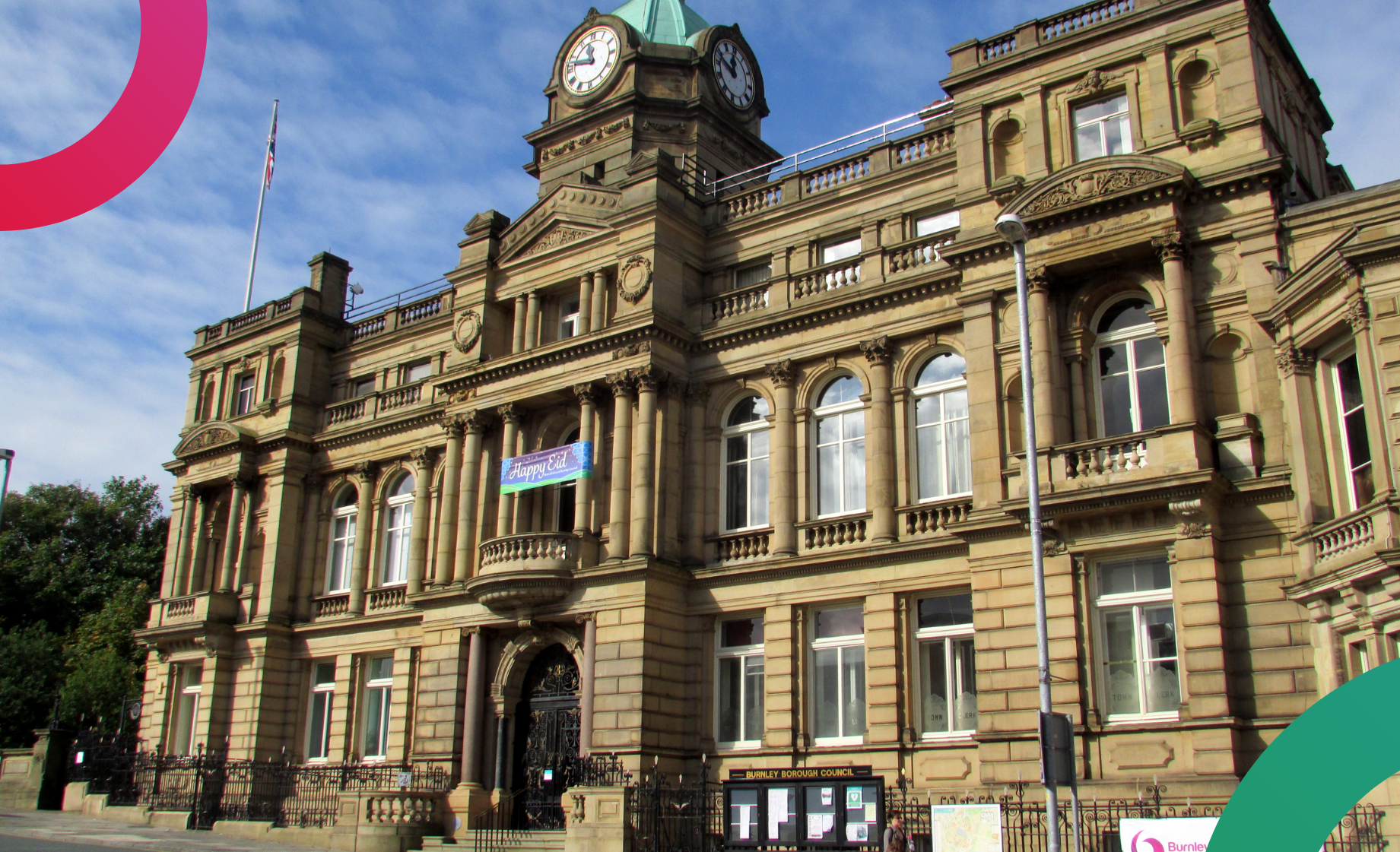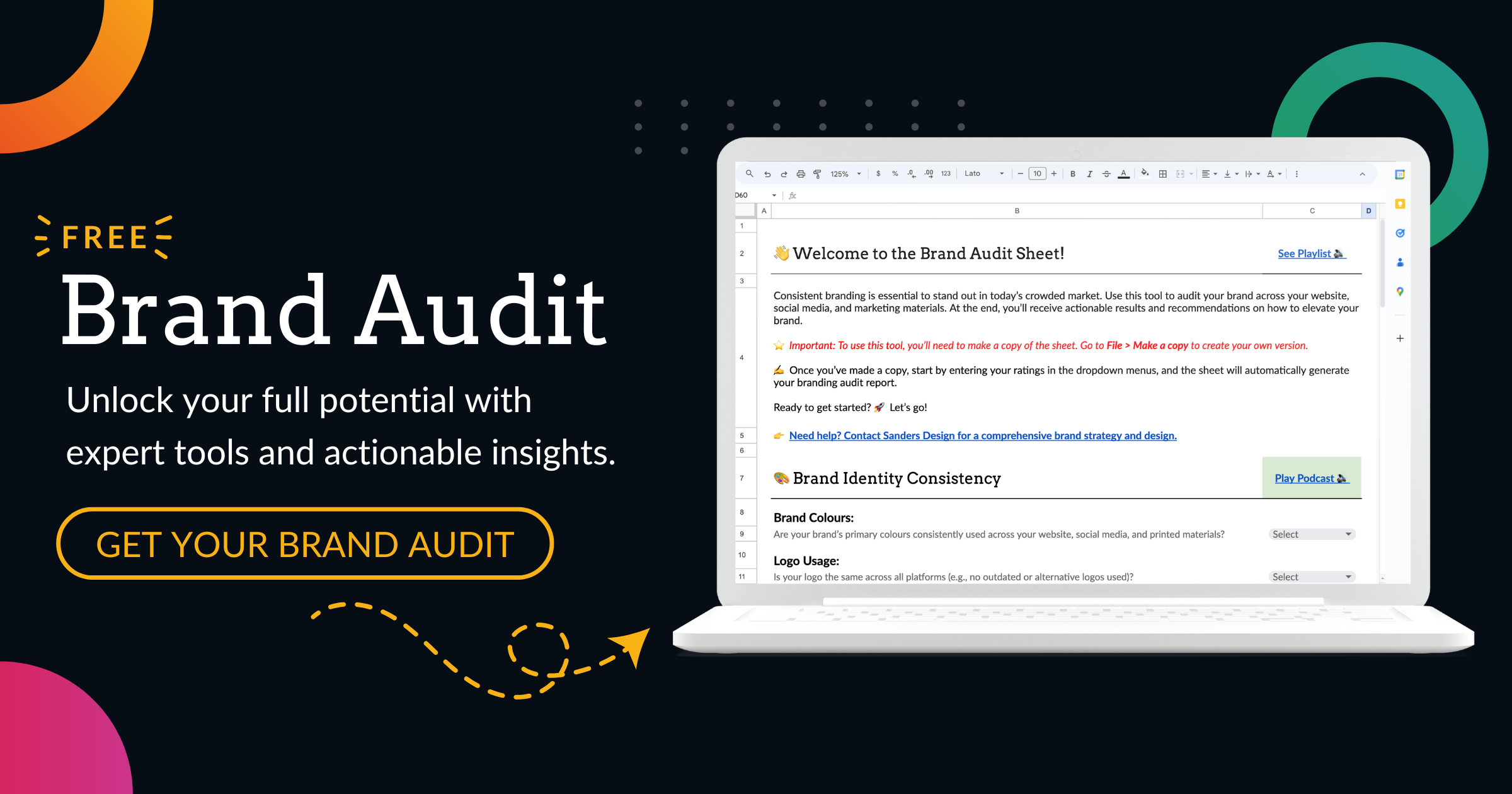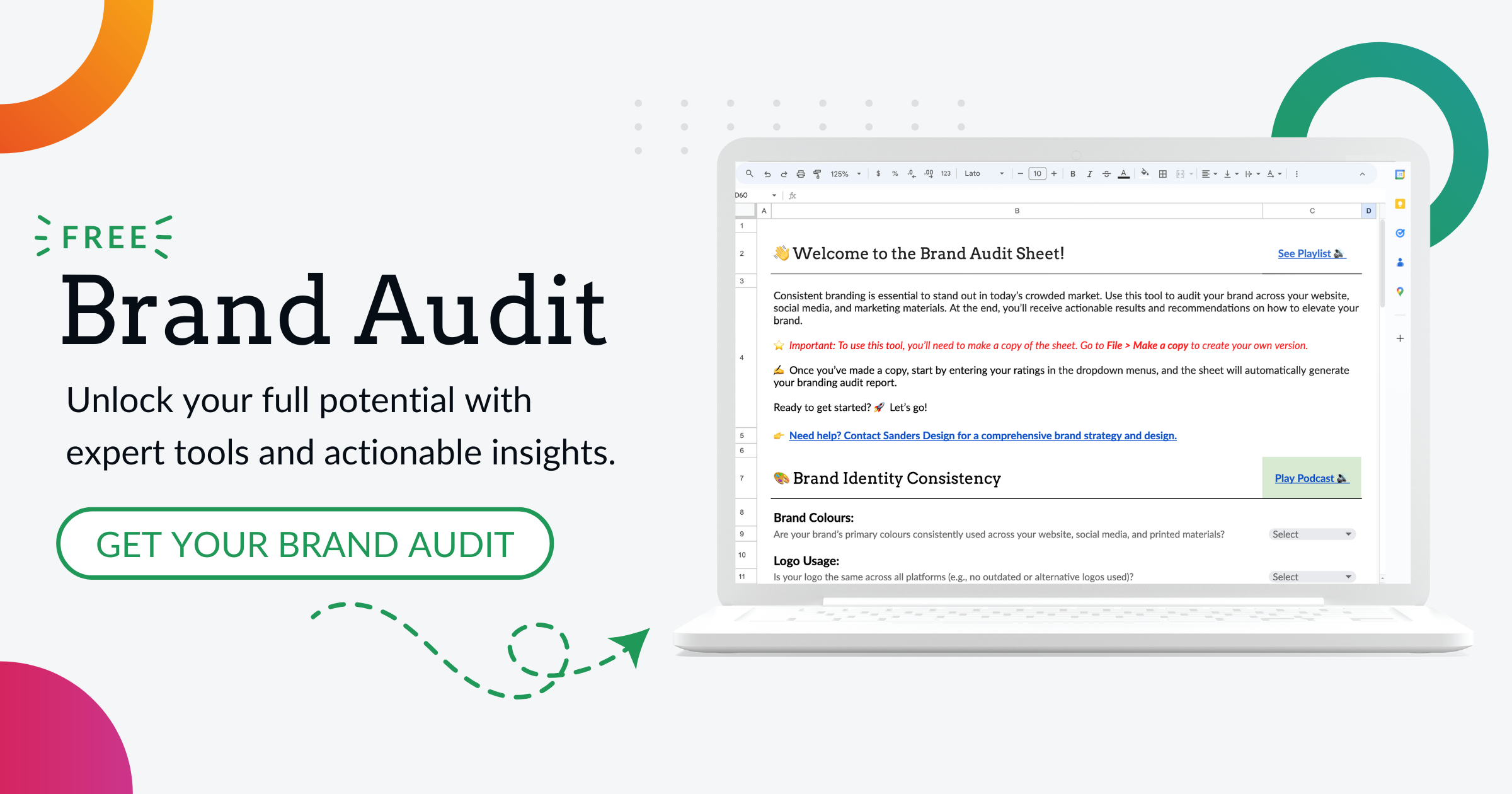Revamp Your Online Presence with Exceptional Web Design in Burnley

A well-designed website is essential for establishing and maintaining a robust online presence. Web design involves the visual aesthetics, layout, and functionality of a site, creating an appealing and user-friendly interface that effectively conveys the brand’s message and engages visitors.
A thoughtfully crafted website not only draws in potential customers but also fosters trust and credibility. Acting as a virtual storefront, it enables businesses to showcase their products or services to a global audience. Conversely, a poorly designed website can deter potential customers and damage the brand’s reputation.
Understanding WordPress and Its Benefits for Web Design
WordPress is a popular content management system (CMS) that powers over 40% of all websites on the internet. It is known for its flexibility, scalability, and ease of use, making it an ideal choice for web design.
One of the key benefits of using WordPress for web design is its flexibility. It offers a wide range of themes and plugins that allow designers to customise the look and functionality of a website according to their specific needs. Whether you’re building a simple blog or a complex e-commerce site, WordPress provides the tools and resources to create a unique and tailored website.
Another advantage of using WordPress is its scalability. As your business grows, you can easily add new pages, features, and functionalities to your website without any hassle. WordPress also allows you to manage multiple websites from a single dashboard, making it convenient for businesses with multiple online properties.
The Power of WooCommerce in E-Commerce Web Design
WooCommerce is a popular e-commerce plugin for WordPress that enables businesses to create fully functional online stores. It offers a range of customisable features and seamless integration with WordPress, making it an excellent choice for e-commerce web design.
One of the key benefits of using WooCommerce is its flexibility. It allows you to customise every aspect of your online store, from the product listings to the checkout process. You can choose from a wide range of themes and plugins to create a unique and tailored shopping experience for your customers.
WooCommerce also provides seamless integration with WordPress, allowing you to manage your e-commerce store and website from a single dashboard. This makes it easy to update product listings, track inventory, and process orders without any technical expertise.
Finding the Right Web Design Agency in Burnley
When it comes to web design, finding the right agency is crucial for achieving your online goals. Here are some tips for finding a reputable web design agency in Burnley:
1. Experience: Look for an agency with a proven track record in web design. Check their portfolio and client testimonials to get an idea of their expertise and capabilities.
2. Portfolio: Review the agency’s portfolio to see if their design style aligns with your brand’s aesthetic. Look for websites that are visually appealing, user-friendly, and responsive.
3. Pricing: Consider your budget and compare the pricing of different agencies. Keep in mind that quality web design is an investment, so prioritise value over cost.
4. Communication: Choose an agency that communicates effectively and understands your business goals. They should be able to provide regular updates and respond promptly to your queries.
Step-by-Step Guide to Revamping Your Online Presence with Web Design
Revamping your online presence with web design can be a daunting task, but with the right approach, it can yield significant results. Here is a step-by-step guide to help you revamp your online presence:
1. Define your goals: Start by defining your goals and objectives for the website redesign. What do you want to achieve? Do you want to increase sales, generate leads, or improve brand awareness? Clearly defining your goals will help guide the design process.
2. Research your target audience: Understand your target audience and their needs. Conduct market research, analyse competitor websites, and gather feedback from your existing customers. This will help you create a website that resonates with your target audience.
3. Create a sitemap: Develop a sitemap that outlines the structure and hierarchy of your website. This will help you organise your content and ensure a logical flow of information.
4. Design the user interface: Work with a web designer to create a visually appealing and user-friendly interface. Consider the colour scheme, typography, and layout to create a cohesive and engaging design.
5. Develop the website: Once the design is finalised, the web development process begins. This involves coding the website using HTML, CSS, and other programming languages. Ensure that the website is responsive and optimised for different devices and screen sizes.
6. Test and launch: Before launching the website, thoroughly test its functionality and performance. Check for broken links, test forms, and ensure that the website loads quickly. Once everything is in order, launch the website and promote it through various channels.
Creating a Responsive and Mobile-Friendly Website Design

In today’s mobile-driven world, having a responsive and mobile-friendly website design is essential. Here are some tips for creating a website that is optimised for mobile devices:
1. Use responsive design: Responsive design ensures that your website adapts to different screen sizes and devices. It allows your content to be easily accessible and readable on smartphones, tablets, and desktops.
2. Optimise images: Compress images to reduce file size without compromising quality. Large images can slow down the loading speed of your website on mobile devices.
3. Simplify navigation: Make sure that your navigation menu is easy to use on mobile devices. Use dropdown menus or hamburger icons to save space and improve usability.
4. Use legible fonts: Choose fonts that are easy to read on small screens. Avoid using small font sizes or decorative fonts that may be difficult to read on mobile devices.
Enhancing User Experience with Intuitive Navigation and Interactive Features
User experience (UX) plays a crucial role in web design. Here are some tips for creating a website with intuitive navigation and interactive features that enhance the user experience:
1. Simplify navigation: Make sure that your website’s navigation is clear and intuitive. Use descriptive labels and organise your content into logical categories to help users find what they’re looking for.
2. Use interactive elements: Incorporate interactive elements such as sliders, carousels, and accordions to engage users and make your website more dynamic. However, use them sparingly to avoid overwhelming the user.
3. Optimise page load times: Slow-loading websites can frustrate users and lead to high bounce rates. Optimise your website’s performance by compressing images, minifying code, and using caching techniques.
4. Provide clear calls to action: Use clear and compelling calls to action (CTAs) to guide users towards desired actions. Whether it’s signing up for a newsletter or making a purchase, make sure that your CTAs stand out and are easy to find.
Integrating Social Media and Other Marketing Tools into Your Web Design
Integrating social media and other marketing tools into your web design can help boost your online presence and drive engagement. Here are some benefits of incorporating social media and other marketing tools into your website design:
1. Increased brand visibility: By integrating social media buttons on your website, you make it easy for visitors to share your content on their social networks. This can help increase brand visibility and attract new customers.
2. Improved customer engagement: Social media integration allows you to engage with your audience directly on your website. You can display live feeds from your social media accounts, encourage users to follow you, and respond to comments and messages in real-time.
3. Enhanced lead generation: By integrating lead capture forms and email marketing tools into your website, you can capture visitor information and build a database of potential customers. This allows you to nurture leads and convert them into paying customers.
4. Data tracking and analysis: By integrating analytics tools into your website, you can track user behaviour, monitor website performance, and gain valuable insights into your audience’s preferences and interests. This data can help you make informed decisions and optimise your marketing strategies.
Optimising Your Website for Search Engines with SEO-Friendly Design
Search engine optimisation (SEO) is crucial for improving your website’s visibility in search engine results. Here are some tips for creating an SEO-friendly website design:
1. Use relevant keywords: Conduct keyword research to identify the keywords and phrases that your target audience is using to search for products or services similar to yours. Incorporate these keywords naturally into your website’s content, headings, and meta tags.
2. Optimise page titles and meta descriptions: Page titles and meta descriptions are important elements that appear in search engine results. Make sure they accurately describe the content of each page and include relevant keywords.
3. Create unique and valuable content: High-quality, unique content is essential for SEO. Create informative and engaging content that provides value to your audience. Regularly update your website with fresh content to keep it relevant and improve its search engine rankings.
4. Optimise images: Use descriptive file names and alt tags for your images to help search engines understand what they represent. Compress images to reduce file size without compromising quality.
Maintaining Your Website with Regular Updates and Maintenance Services
Regular updates and maintenance services are essential for keeping your website secure, up-to-date, and functional. Here are some tips for maintaining your website:
1. Update software: Regularly update your CMS, plugins, themes, and other software to ensure that you have the latest security patches and bug fixes. Outdated software can leave your website vulnerable to security breaches.
2. Backup your website: Regularly backup your website to protect against data loss. Store backups in a secure location, either on a cloud server or an external hard drive.
3. Monitor website performance: Use website monitoring tools to track your website’s performance and uptime. This allows you to identify and address any issues before they impact the user experience.
4. Test for compatibility: Regularly test your website on different browsers, devices, and screen sizes to ensure that it displays correctly and functions properly for all users.
In conclusion, web design plays a crucial role in establishing and maintaining an online presence. It is important to have a well-designed website that is visually appealing, user-friendly, and optimised for search engines. WordPress is a popular CMS that offers flexibility, scalability, and ease of use for web design. WooCommerce is a powerful e-commerce plugin for WordPress that allows businesses to create fully functional online stores.
When looking for a web design agency in Burnley, it is important to consider factors such as experience, portfolio, and pricing. Revamping your online presence with web design involves defining goals, researching the target audience, creating a sitemap, designing the user interface, developing the website, testing, and launching it. Creating a responsive and mobile-friendly website design is crucial in today’s mobile-driven world. Enhancing user experience with intuitive navigation and interactive features can help engage users and improve conversions.
Integrating social media and other marketing tools into web design can boost brand visibility and customer engagement. Optimising your website for search engines with SEO-friendly design involves using relevant keywords, optimising page titles and meta descriptions, creating unique content, and optimising images. Regular updates and maintenance services are essential for keeping your website secure, up-to-date, and functional.
If you’re interested in learning more about web design in Burnley, you may also want to check out this informative article on web design in Torridge. It provides valuable insights into the latest trends and techniques used in creating visually appealing and user-friendly websites. Whether you’re a business owner looking to revamp your online presence or a budding web designer seeking inspiration, this article is sure to offer some valuable tips and tricks. Read more


Author: Martin Sanders
I empower businesses to connect with their customers and boost sales. Ready to take your revenue to new heights? Get in touch with me today, and let’s make it happen!


